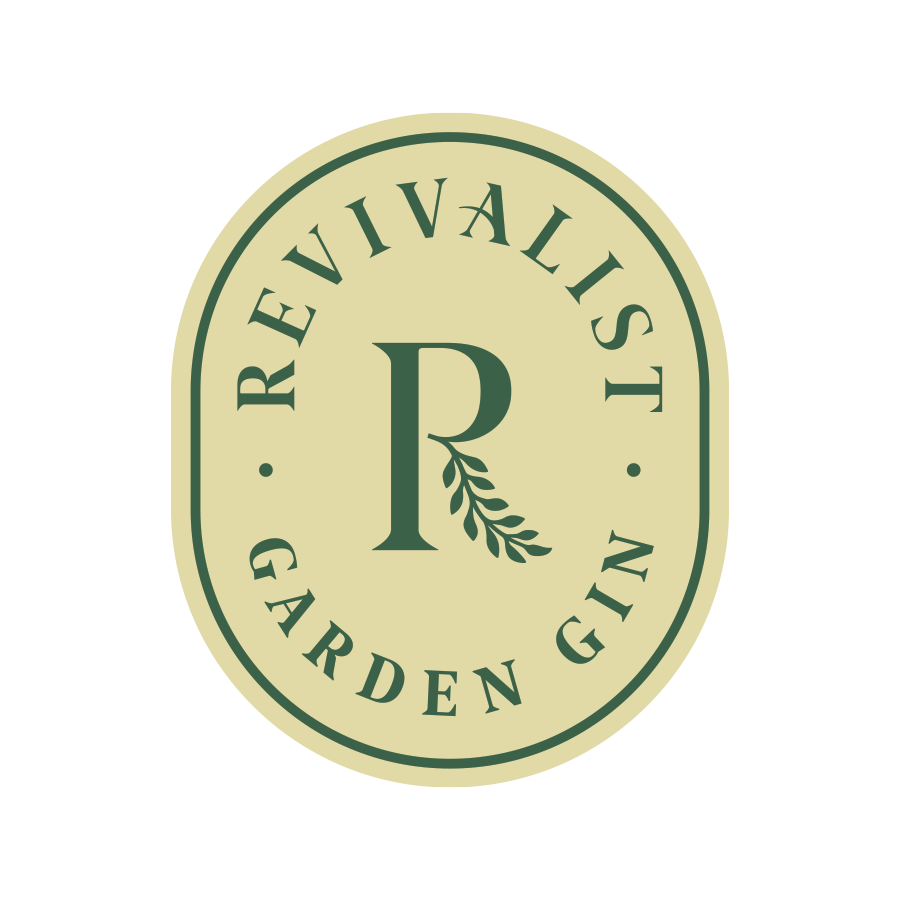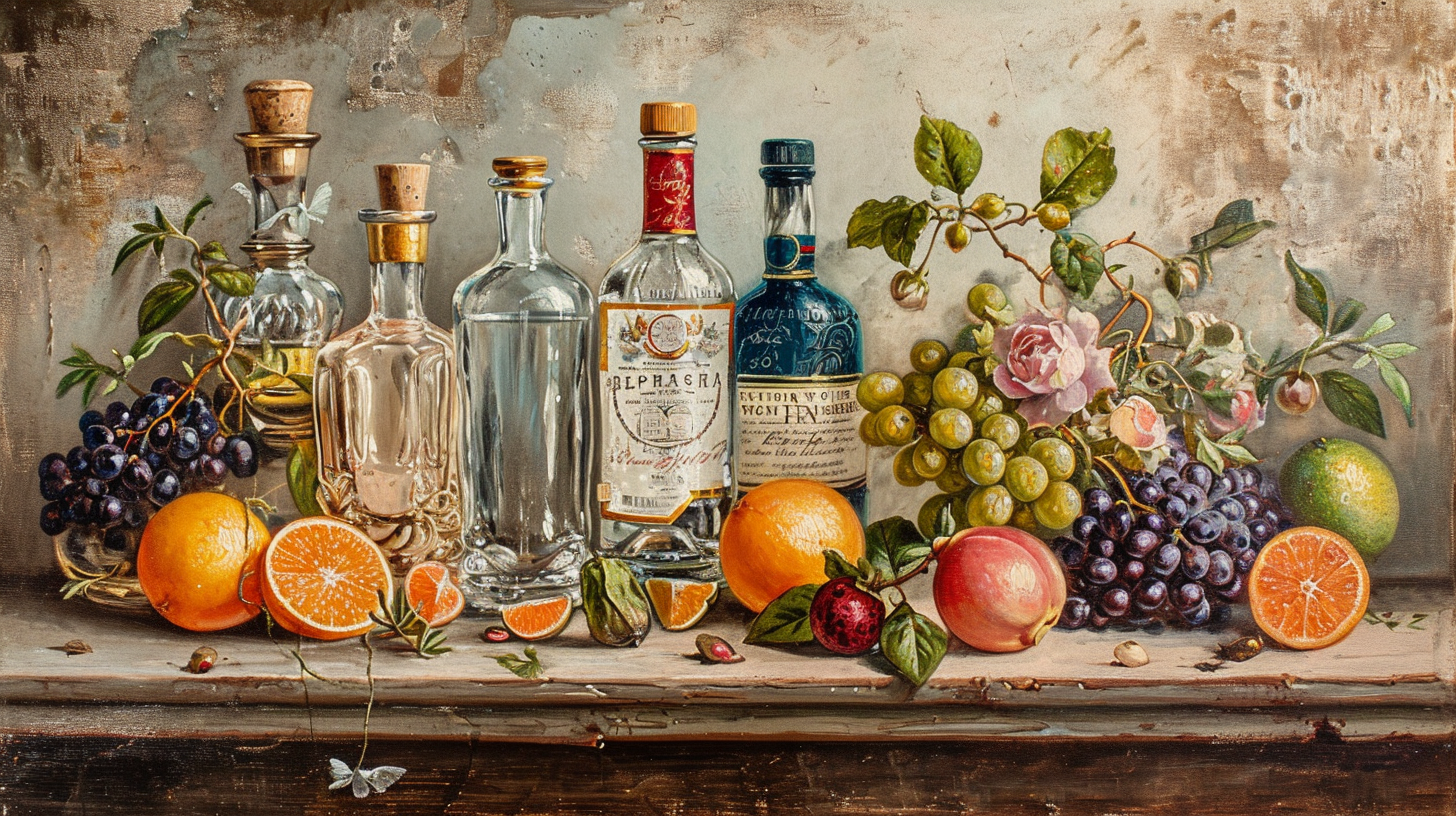The Birth of a Spirit: Where Did Gin Originate?
Gin's Genesis: A Historic Prelude
The history of gin is a fascinating journey from medicinal remedy to sophisticated cocktail favorite that dates back to the 1300’s. For the Dutch it was an elixir, for the British, an obsession, for Americans a cultural statement, and for mixologists, one of the more interesting tools of the trade.
Early Beginnings: Medicinal Roots
The gin of today evolved from the Dutch remedy, jenever. The first known mention of jenever was in a Dutch encyclopedia-type medieval manuscript dating back to 1350.
Early Dutch jenever was an artisanal tonic distilled from malted barley or malted barley wine with juniper, anise, caraway, coriander, and other botanicals. It was sold in apothecaries as a treatment for kidney and stomach ailments, lumbago, gallstones, and gout. During that period, most herbal knowledge and healing emanated from monasteries where monks cultivated herb gardens for medicinal purposes.
Juniper berries were used not only to flavor the gin but also for its perceived medicinal properties along with coriander, angelica root, and citrus peels. These botanicals added complexity to the taste of the gin and were also believed to have therapeutic benefits.
By the 1600’s the Dutch remedy was in great demand and traded throughout Europe. But when taxes were levied on imports coming into England and Scotland, entrepreneurs in Edinburgh decided to distill their own version, and made it their own by calling it ‘gin.’
England's Embrace: The Gin Craze
But British gin was nothing like the artisanal herbal tonic of the Dutch. In the early 1700’s The Gin Craze consumed England. Overconsumption of gin made from low quality distilled grain, often flavored with turpentine rather than juniper, was rampant, resulting in social unrest, a public health crisis, and increased crime. In an attempt to curb consumption and public disorder, the government imposed the Gin Acts of 1729 and 1736, raising taxes on gin and establishing licensing requirements for its sale.
From Medicine to Mixology: Evolution over the Centuries
Along with tastes, trends, politics, and regulations, the consumption and nature of gin changed as well. In the 1800’s Old Tom, a new sweeter style of gin emerged, followed soon after by the hugely popular London Dry Gin style. With British colonial expansion the export of gin to other parts of the world grew as well, establishing Gin as a globally consumed spirit.
Gin became more popular than ever in the US during Prohibition (1920-1933). It was not only easy to make illicitly, but the juniper masked the poor quality and off-flavors of the homemade spirit, which became known as ‘bathtub gin.’ It was during this time that some of the most iconic gin cocktails were served at speakeasies. The Martini, Negroni, and Gin and Tonic also experienced a revival during the cocktail culture of the 50’s.
Modern Renaissance: Gin's Contemporary Revival
There has never been such variety, quality, and nuance as we see in the range of gins available today. Current cocktail culture has embraced the new super-premium craft and artisanal gins with interesting and new combinations of botanicals that are less juniper forward than the traditional London Dry Gins. Signs of a gin Renaissance can also be seen in the prevalence of gin-centric bars and menus like Bathtub Gin in New York City and Los Angeles and extensive Gin & Tonic menus.
With the growing enthusiasm for premium ingredients, local botanicals, and the healing power of plants, it appears gin has come full circle back to the ethos of jenever.



